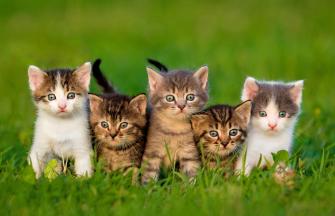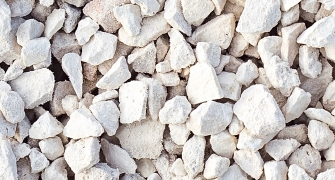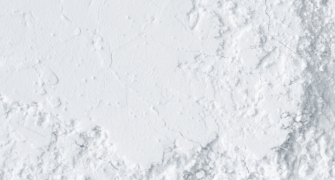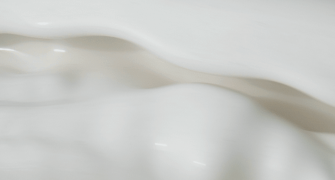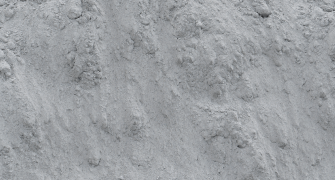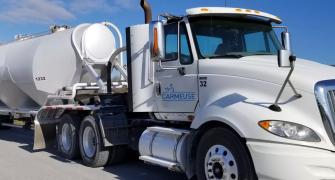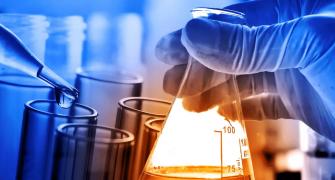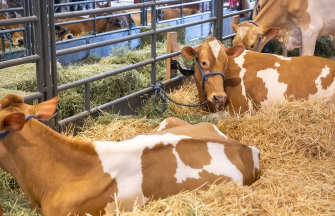
Do you have a question about this application? Ask our specialists
Contact us
The Importance of Treating Animal Waste
Maintaining a clean environment for livestock is essential for animal health. As more livestock farms have transitioned into large-scale Consolidated Animal Feeding Operations (CAFOs), the increasing volume of animal waste has intensified the need for proper disinfection and waste management.
If improperly managed, animal manure and process wastewater pose significant risks to the health of livestock, the public, and the surrounding environment. Animal waste can cause soil contamination, surface water/groundwater pollution, and give off offensive odors to neighboring communities. There are also a range of pathogens present in animal waste which can spread disease, posing dangers to humans and wildlife alike.
Additionally, waste material has the potential to add environmentally harmful nutrients, such as excess phosphorus, to runoff water which can lead to eutrophication and harmful algal blooms. This not only endangers aquatic ecosystems, but it can also damage waterways and impact our drinking water.
Our Role in Disinfection & Animal Waste Treatment
What We Do
Carmeuse and our affiliates support animal waste treatment and disinfection needs from End-2-End.
Quicklime and hydrated lime have been mainstay solutions for disinfection and animal waste treatment for decades. To protect livestock from pathogens, it is important to use products that will safely disinfect living areas to control the growth of dangerous bacteria that could otherwise thrive in bedding and litter. Carmeuse lime products, including high calcium quicklime, high calcium hydrated lime and CALSAFE® lime slurry, are effective for use in disinfection. These lime-based products can also be a cost-effective solution for treating animal waste from beef cattle, dairy cows, swine, and poultry.
How it Helps
- Reduce Pathogen Growth – The use of high calcium quicklime, hydrated lime, or lime slurry can reduce pathogens by raising the pH of the material over 12. This high pH breaks down the bacteria present by destroying their membranes and helps prevent re-growth.
- Drying Solid Waste – High calcium quicklime produces exothermic heat when reacting with water, making it an effective option for drying animal waste. The heat generated can help kill off harmful bacteria, and lime use also improves the density and handling characteristics of the waste.
- Decreasing Soluble Phosphorus – Quicklime, hydrated lime, and lime slurry can be used to stabilize some hazardous nutrients, like phosphorus, reducing the likelihood of leaching into runoff water.
- Odor Reduction – Use of quicklime or hydrated lime can effectively absorb and neutralize odors from animal waste by reducing the off gassing of hydrogen sulfide.
Supplying Lime for Various Applications
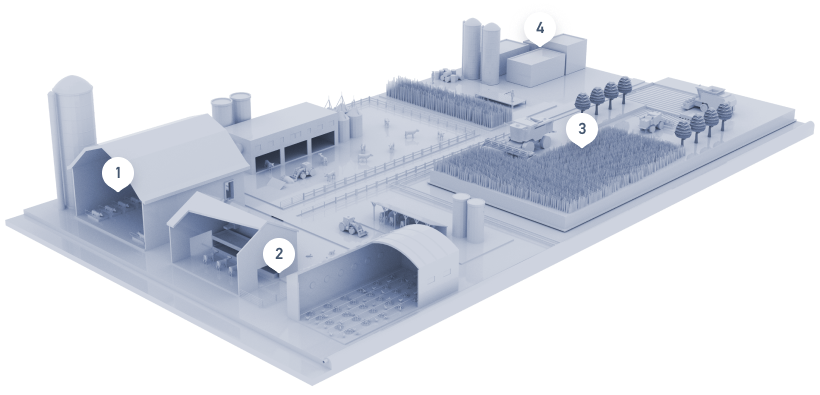
Limestone Use in Cat Litter
When it comes to treating animal waste, the versatility of limestone extends far beyond the farm. Limestone products, which are primarily composed of calcium carbonate (CaCO3), differ from lime-based products (calcium oxide, or calcium hydroxide) in that they have a lower pH. While this means limestone products are not a viable option for disinfection on their own, the less alkali pH does make them a safer option for odor and moisture control when animals are present. In fact, ground calcium carbonate (GCC) is a core component used in many cat litters, where it aids in counteracting the effects of ammonia build-up, neutralizes odors, and absorbs moisture.


